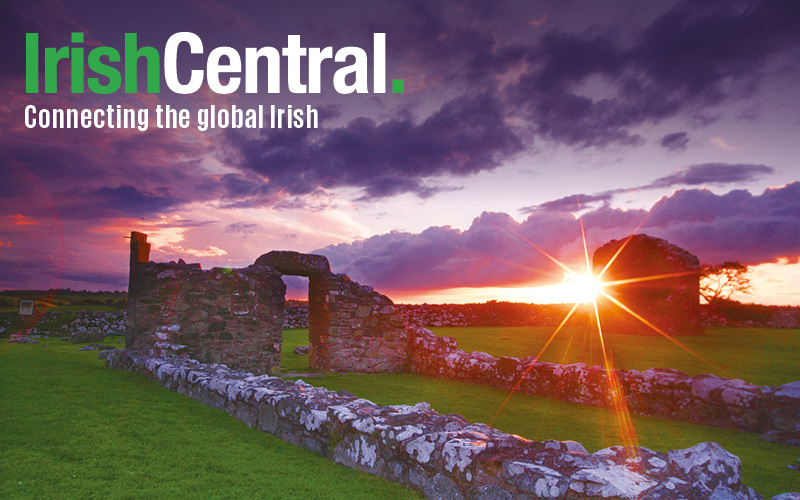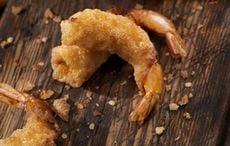First cataloged humpback whales in Irish waters spotted together again two decades on.
The Irish Whale and Dolphin group were treated to an exceptional surprise this week as the first two cataloged humpback whales in Irish waters were spotted once more, almost 20 years to the day since they were first photographed.
“On Tuesday 18th September, Simon Berrow and Frances Bermingham headed out with Nick Massett off west Kerry to deploy a Soundtrap, an underwater recording device, in an attempt to record humpback whales singing in Ireland,” the group wrote on their website.
“That morning he saw two blows west of Inishtooskert, so we headed to this site first. We encountered four humpback whales including to our amazement catalogue numbers #1 and #2, who were in close contact, while catalogue number #9 and #48 were feeding alone. We knew these were the first whales entered into the IWDG Irish Humpback Whale Catalogue, and were first photographed 20 years ago in September 1999.”

Photo by Frances Bermingham/IWDG
The organization’s catalog of sightings first began two decades ago when Eoin O’Mahony, then Chief Officer onboard the supply vessel MV Seahorse Supporter, recorded footage of whales #1 and #2 at the Kinsale Gas Field, 28 nautical miles offshore from the County Cork coast.
“With all propulsion shut down, the vessel was quiet with only the noise of the generators. I quickly spotted the trio approaching the vessel from the west. I took out the camcorder and started filming,” O’Mahoney told the IWDG.
“The eight crew on board got excited, about the once in a lifetime opportunity to be in the company of these magnificent creatures who circled the vessel closely for the next hour and a half. At one stage they were touching the vessel’s port and starboard sides with their pectoral fins. Throughout this entire encounter, our bottlenose dolphin was interacting with the three humpback whales swimming between them and our vessel.

Photo by Frances Bermingham/IWDG
“I felt like one of David Attenborough’s cameramen at this stage, with the peculiar boiled broccoli smell of their spent air every time one of the whales would blow. After about 30 minutes one of the ‘spy hopped.’ That is to take a look around above sea level.
“Four of our crew were standing right by the stern of the vessel when it placed its head vertically on the stern roller. I was filming from the wheelhouse deck and couldn’t believe what I had just witnessed and recorded. By now the gas platform workers were aware of the goings-on beneath them. VHF radios started up between platforms and the ship with chatter. One of the gas rig workers joked…. ‘who gave the whales permission to enter the gas field?’ Clearly the whales took no notice of the exclusion zone around the gas platforms!

Photo by Frances Bermingham/IWDG
“After a period of about an hour the humpback whales moved further east and that was the last sighting we had of them. I got interested over the remaining years in whale watching from my offshore workplace. I recorded many sightings of fin whales, minke whales, common dolphins, killer whales, and a leatherback turtle. Sending in my reports initially to University College Cork and later on to the Irish Whale and Dolphin Group.
“I think this week’s sighting of at least two of this trio on 17th Sept 2019 from the Blasket Islands is amazing,” he added.

Photo by Frances Bermingham/IWDG
“To think that they could have stayed together for 20 years in treacherous waters with busy shipping lanes, sonar blasting, ghost drifting fishing nets and plastic pollution is nothing short of remarkable. It must be the peaceful southern coast and an abundance of food that attracts them year after year.”




Comments